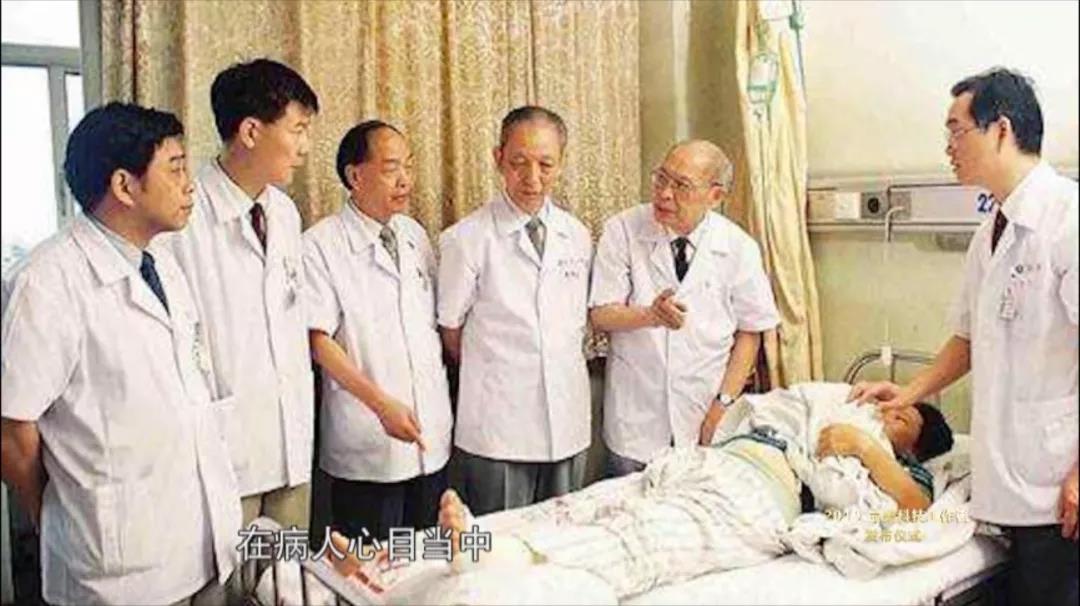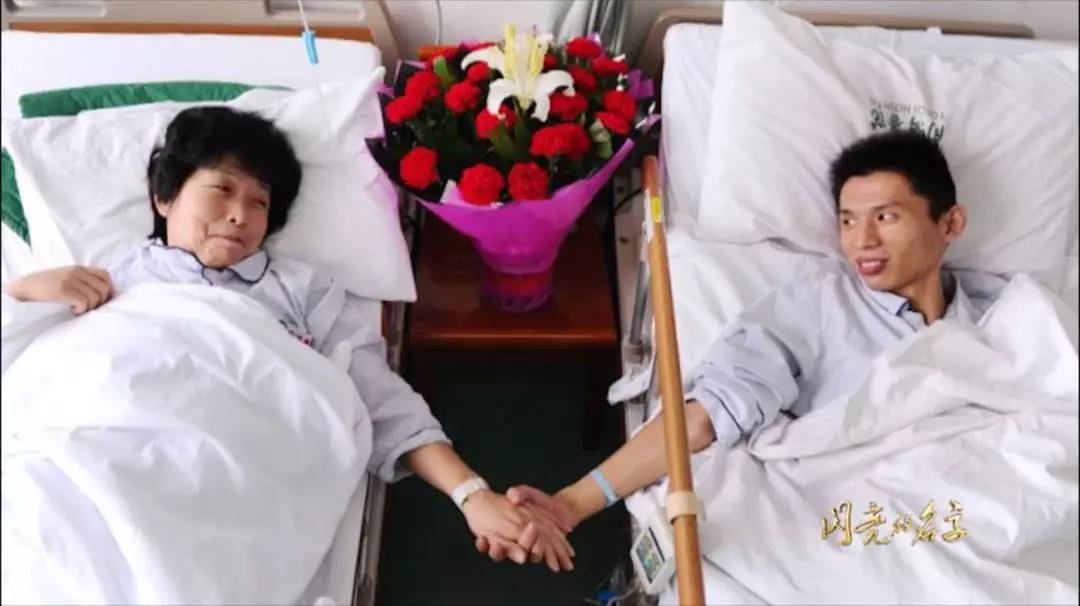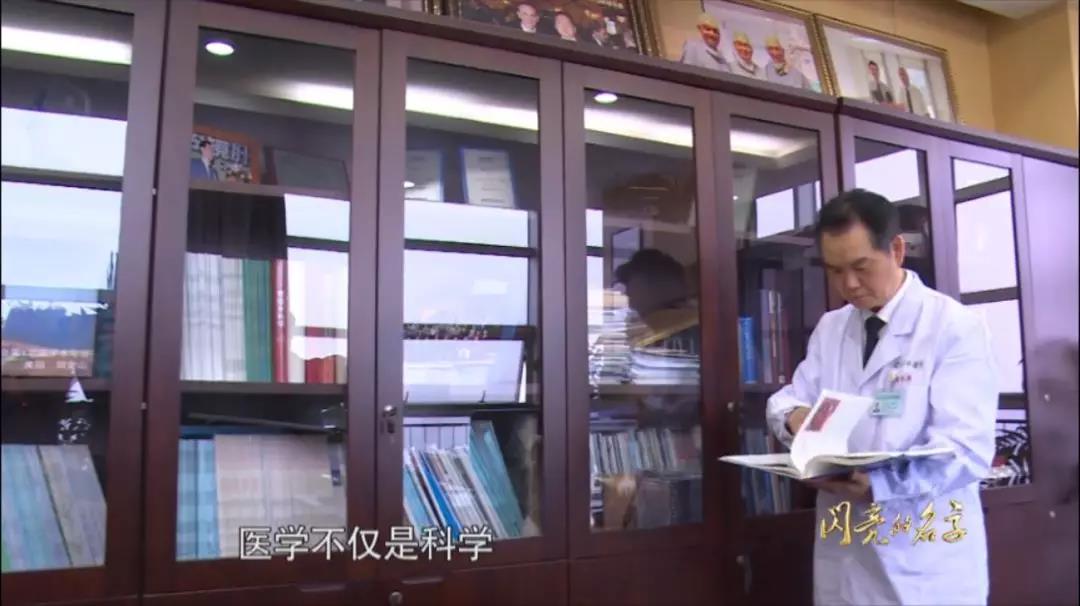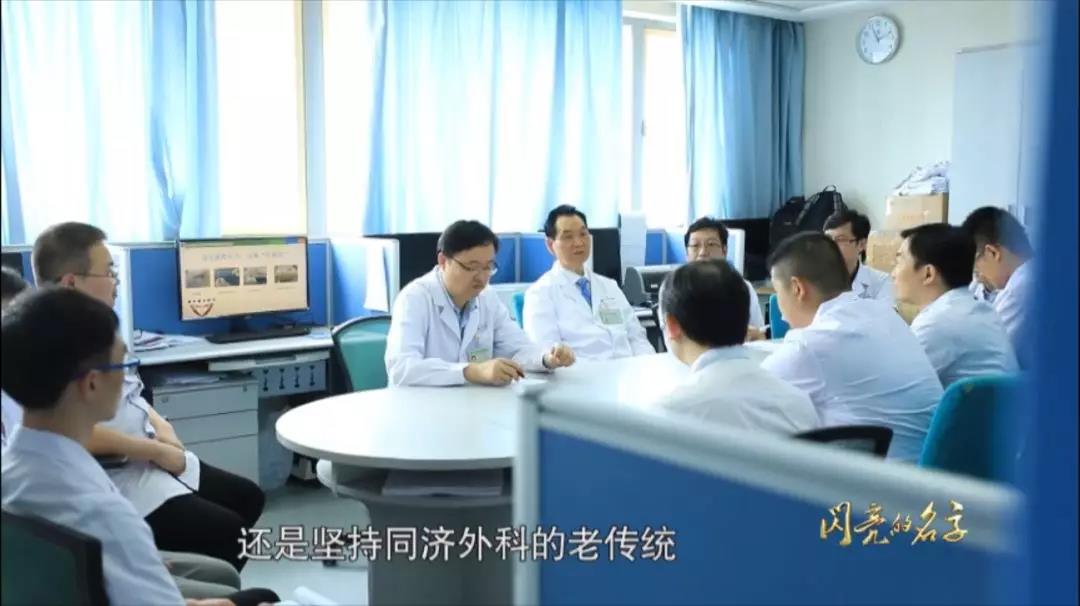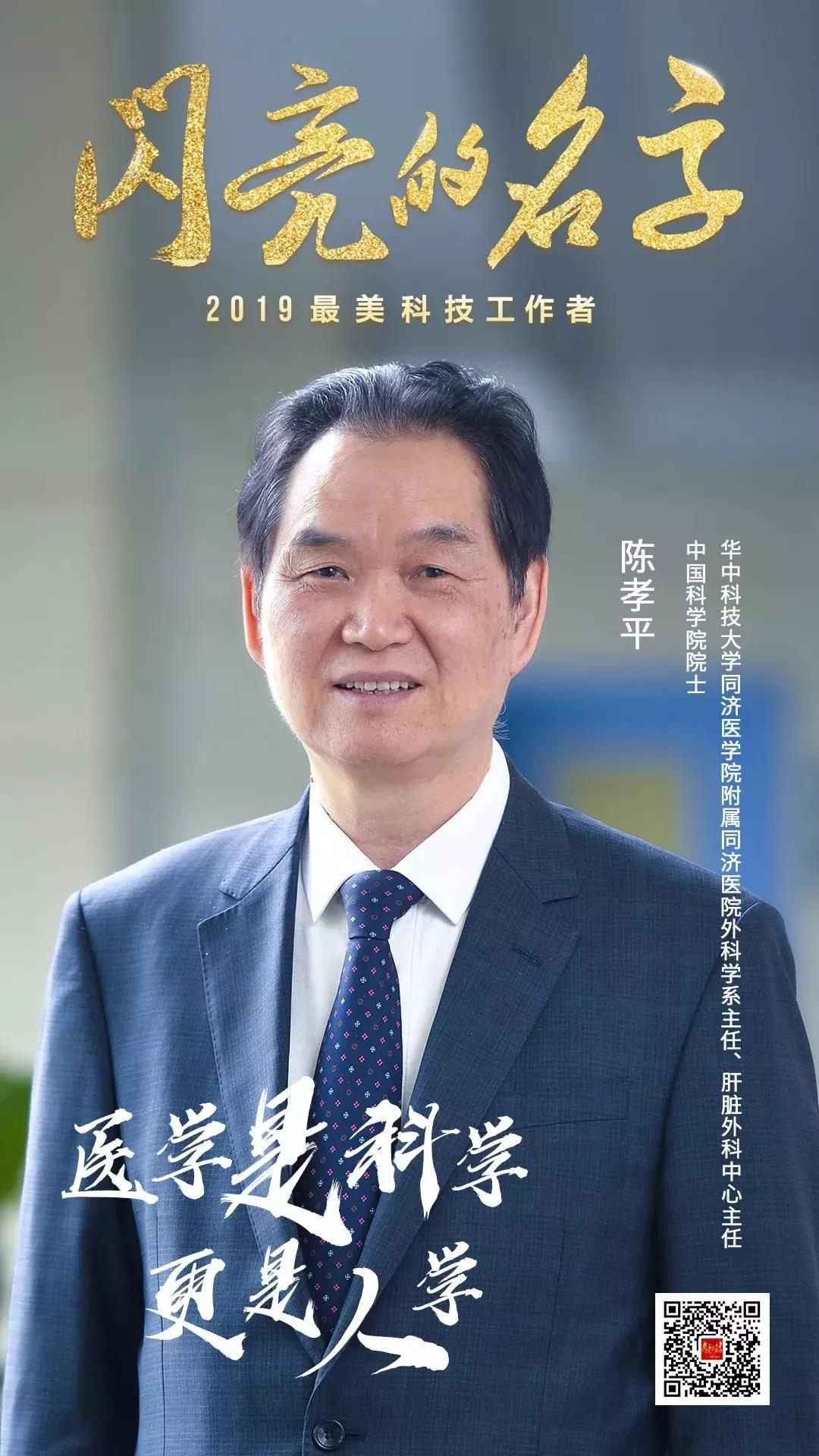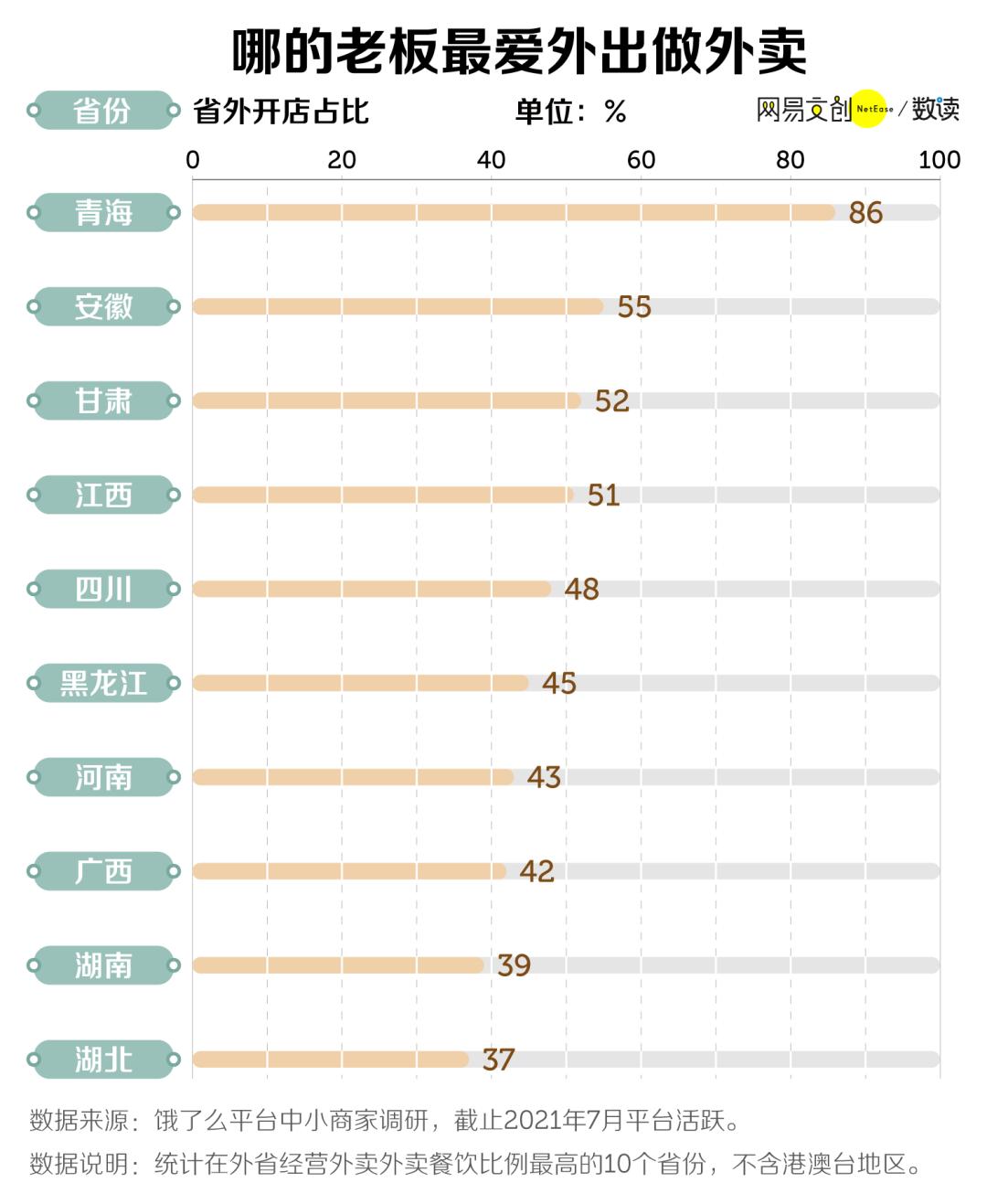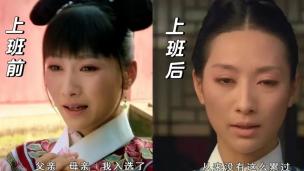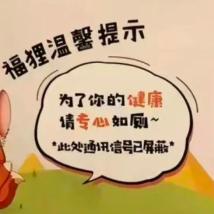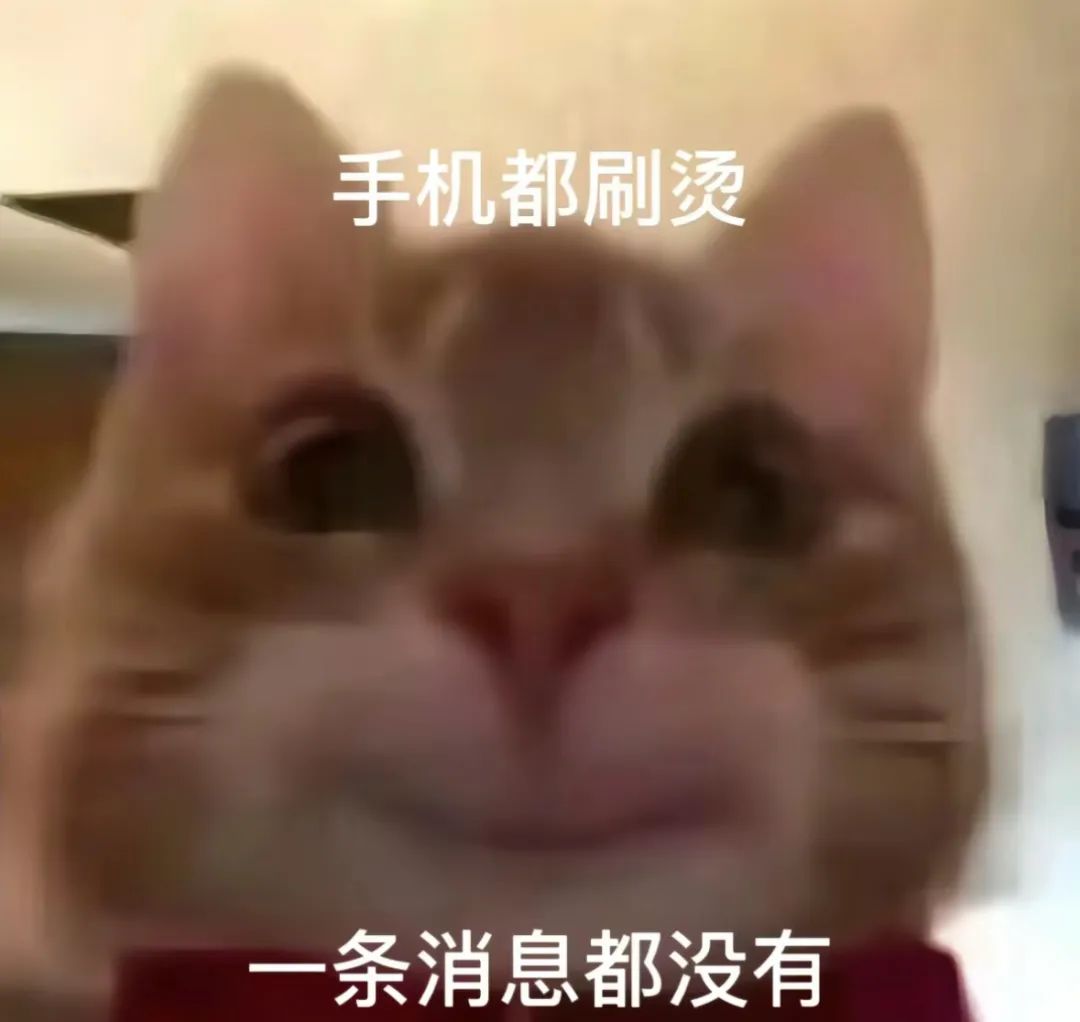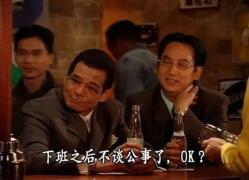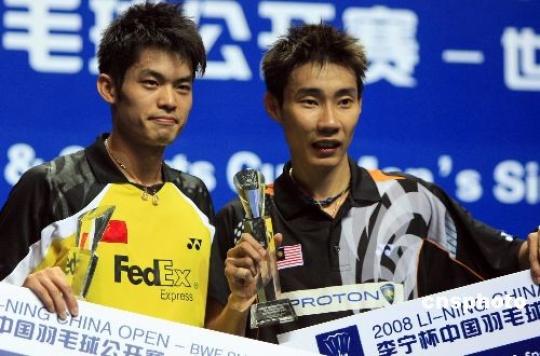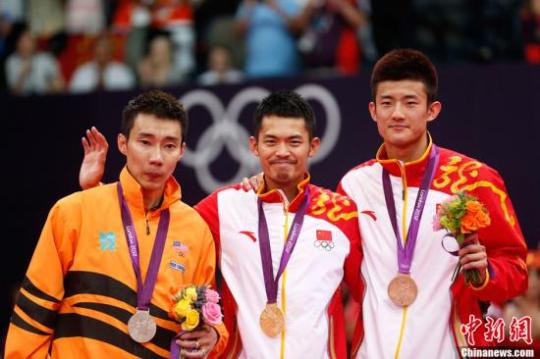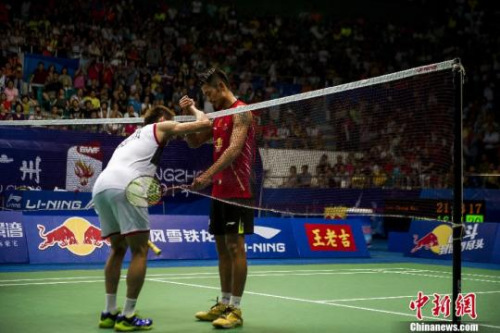Special feature of 1905 film network In March, the film market will show a brand-new pattern, with nearly 30 films scheduled, including 7 imported films.


Among them, Mrs Spider: Super Sensory Awakening, which was released in early March, and Kung fu panda 4 and He, which were released in late March, attracted much attention because of their previous works.

Looking back at the March schedule in the past three years, there are about seven imported films released every year. Why do these imported films aim at the March schedule in China, and what are their different points of view? This issue of "Today’s Film Review" invited Jin Yuxuan, a teacher of China Communication University, to make a preview together.
Why do foreign films favor the March schedule?
Through the data, we find that the film schedule in March contains potential advantages and opportunities for foreign films.

The main force of the Spring Festival file is generally domestic movies, and after the holiday, many viewers may be more willing to choose some fresh overseas movies, especially some overseas big IP movies.

In addition, in March this year, many overseas films were released at the same time as those in China, which formed a very tacit coincidence phenomenon and increased the attraction of the schedule.
Is the foreign film "Forward" and "Mrs. Spider: Super Feeling Awake" difficult to shoulder the heavy responsibility?
As a "forward", "Mrs. Spider: Super Awakening", which was first released on March 1, was released overseas on February 14, but its word-of-mouth performance was poor.

As can be seen from the trailer, Mrs. Spider’s ability to predict the future is not new. The rhythm of the film is slightly cramped and flustered, too dazzling flashbacks and action scenes are piled up, and the level of the story is slightly weak, which makes the audience feel unintelligible. Jin Yuxuan predicted that the film, as a "forward", may achieve some achievements in the first few days of its release, but it will soon be "replaced".

The space for reprinting works is narrow, and the series is far away from the China context?
In addition to superhero movies, two "veterans" will meet the audience in March.

One was re-released on March 1st, which had already captured 450 million domestic box office. In early March of this year, if Oppenheimer can win some important awards, the box office of the re-released film may increase slightly, but the ceiling of the re-released works is not high.


Another film Dune will be shown again at 17:00 on March 1st, and its sequel Dune 2 will be released at 12:00 on March 8th. After the overseas screening of Dune 2, some critics thought it was a rare sequel, which not only surpassed the previous work, but also made the previous work memorable. With such a high evaluation, people can’t help wondering whether the "brothers are United" of Dune and Dune 2 is expected to carry the "banner" of imported films in March.

However, Jin Yuxuan believes that "Dune 2" can become the "player" who scored the most in March, and there are certain variables. In the 1970s, European and American audiences grew up watching the series, forming a film genre space opera. In the future world of science fiction, a group of people dressed in ancient Roman costumes are fighting each other with cold weapons … … The Dune series is actually such a narrative mode.

However, it is undeniable that this is a long distance for China audiences. Dune 2 is more suitable as a "super substitute", but we must not blindly expect too much from it.

Family fun+China element, Kung fu panda 4 may be the best in March?
On March 22nd, the highly anticipated Kung fu panda 4 was released. With the blessing of panda culture in recent years, Kung fu panda 4 may be the main "center" in March.

The first part of the series was released in 2008. The audience watching Kung Fu Panda at that time is likely to have children of their own after 16 years.

Anyone who is familiar with Kung Fu Panda knows that the series of Kung Fu Panda is very important to talk about the growth history of Po. Even if Po becomes "Bao Zong", the audience still believes that the core of his story will not change. Therefore, when watching Kung fu panda 4, the film may become an emotional symbol that spans time and soul, bearing the memory, youth and inheritance, so as to achieve brilliant results.
Godzilla & King Kong join forces! Heat wave at the end of March?
Meanwhile, the monster film Godzilla vs king kong 2: The Rise of the Empire will be released on March 29th. In the film, King Kong wears mechanical gloves given by human beings, and Godzilla puts on colorful back armor. In the face of new challenges, the two behemoths, who were enemies, had to work together in Qi Xin to fight against their more powerful and evil opponents. Such extraordinary visual impact and sensory effects are expected to attract a large audience.


Surprise introduction! Will the audience buy it?
The trial of falling, which was released on March 29th, is also worth mentioning. The film won many awards overseas, and the poster even said "won 120 awards and nominations in the world", including the best film at the 2023 Cannes Film Festival.

Although faced with the competition of many IP masterpieces, there are not many opportunities for the film, if it can win the reputation of domestic audiences with its excellent plot and content after release, the market’s tendency to the film will also increase.

For these foreign films that will meet us in March, the main works Dune 2 and Godzilla vs. king kong 2: The Rise of the Empire can be regarded as their own strengths. For example, two reruns, Oppenheimer and Dune, may have a short period of glowing space.

Domestic films for the Spring Festival have already started the first shot, and its box office market in March is also very important for China film industry. We are very much looking forward to imported films playing the double-ring fireworks in 2024 with domestic films, so that the spring of 2024 will be full of the beauty of the film.

